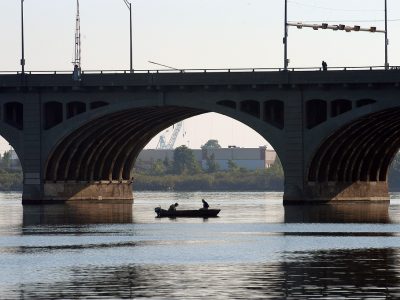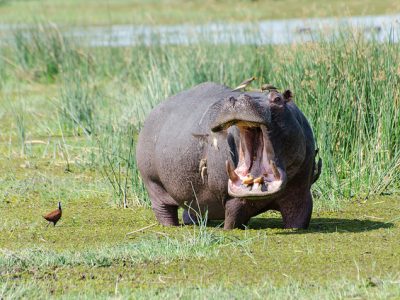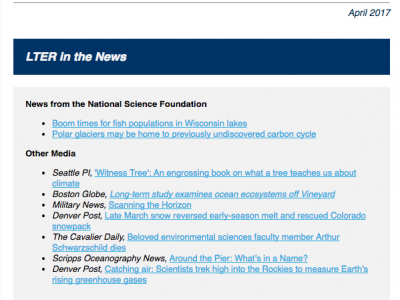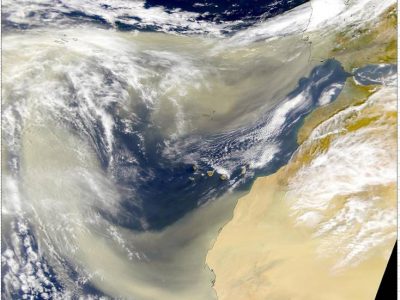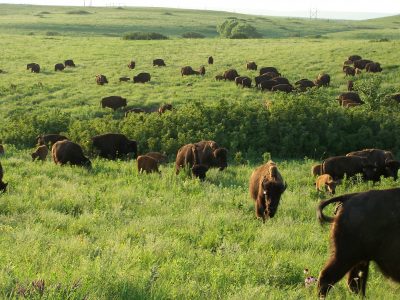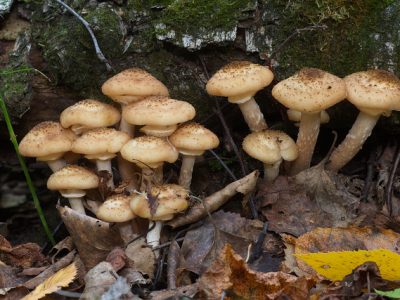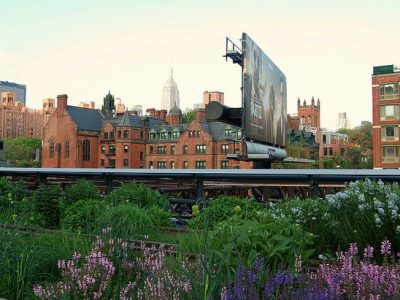The Spruce and the Hare: Backing Up Leopold’s Intuition

Snowshoe hares prefer many other plants to white spruce seedlings, but when the population of hares skyrockets—as it does about once a decade—they can decimate even a bumper crop of spruce seedlings. Researchers with the Bonanza Creek LTER reconstructed over 40 years of browsing history by analyzing the age and browse scars of thousands of seedlings and saplings at 18 locations on the floodplain of Alaska’s Tanana River.

